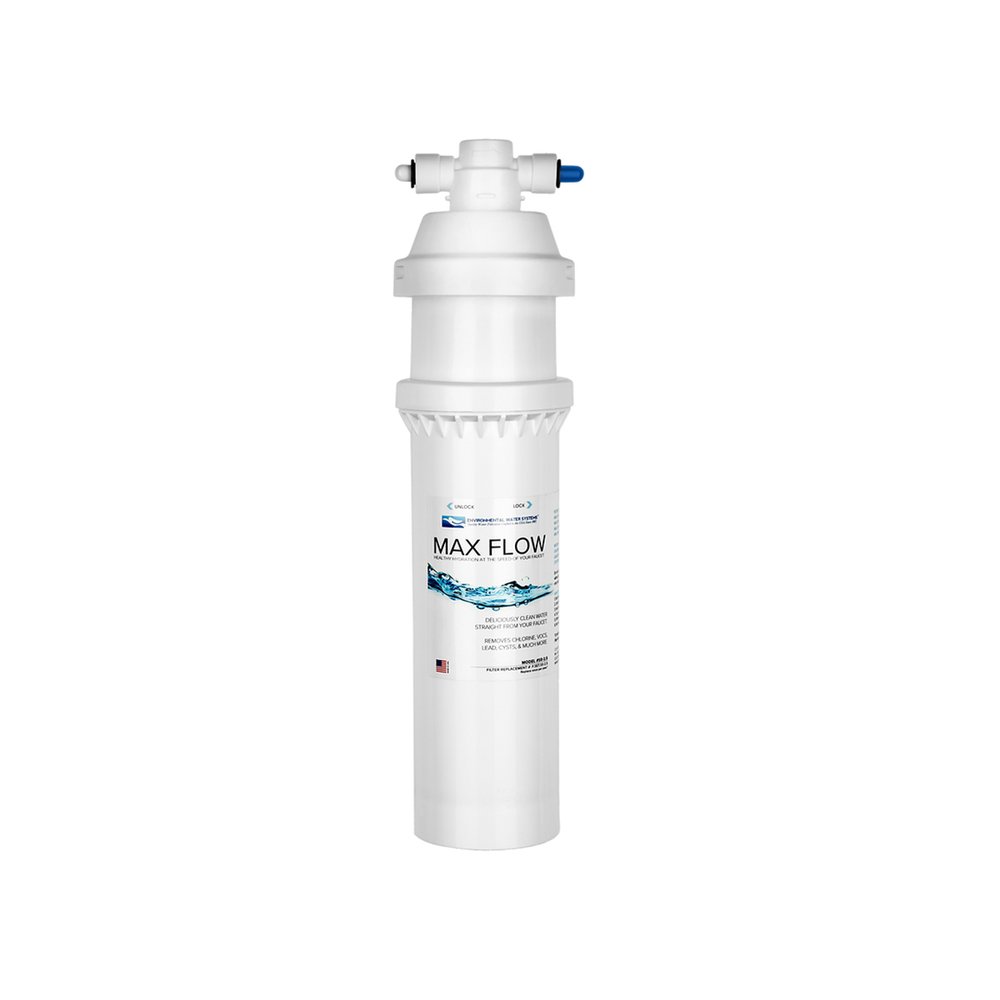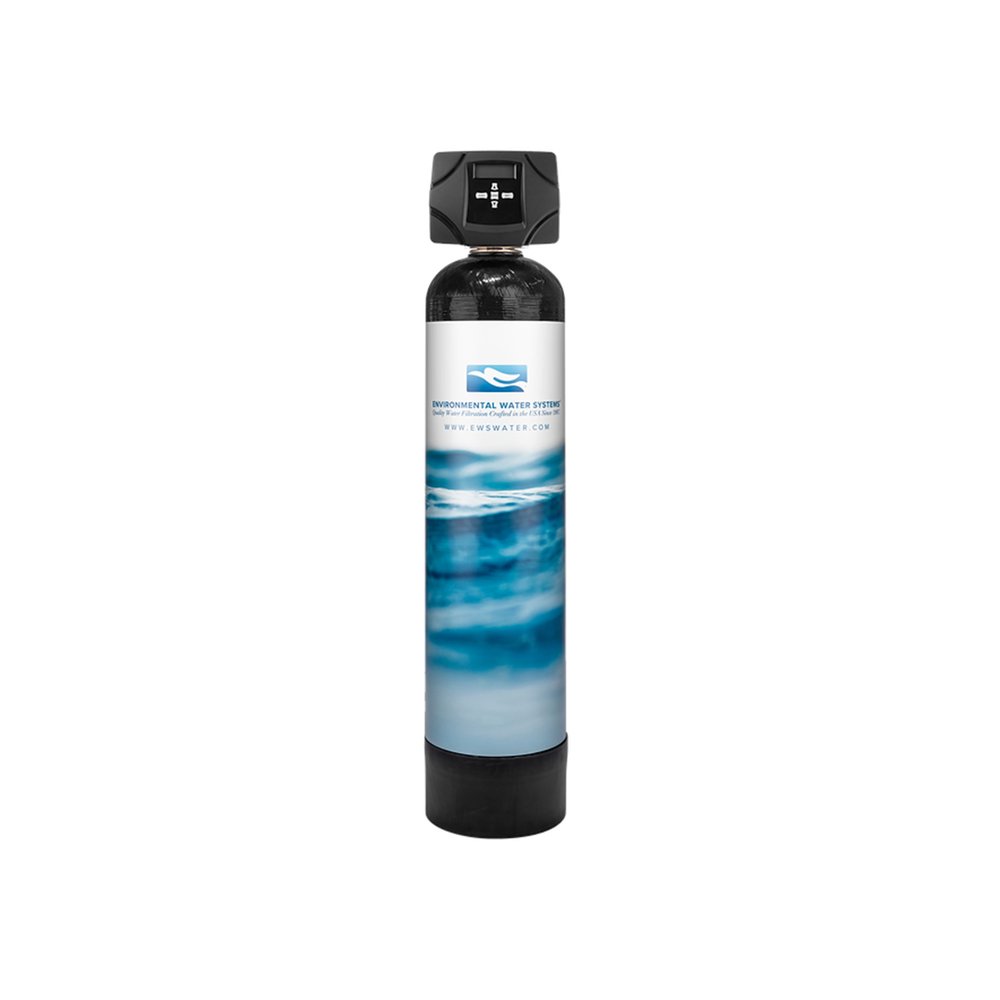Disinfectant chemicals such as chlorine and chloramine are routinely added in water treatment plants, to target bacteria. However, when reacting with natural materials in water such as organic matter or pipe materials, they produce disinfectant byproducts (DBPs). Some of these DBPs, such as trihalomethanes (THM) and haloacetic acids (HAA), have been linked to health concerns like cancer and reproductive issues. Though chloramine, producing fewer byproducts, is gaining popularity, chlorine remains the primary disinfectant in the US.
Multiple studies have found the majority of the US population's domestic water, now contains per- and poly-fluoroalkyl substances (PFAS). A group of over 12,000 chemicals used since the 1940s, PFAS are used in the production of a wide array of products, from clothing, personal care items such as makeup, sunscreen and shampoo, to food packaging. Presenting a notable environmental threat, they can leach into water in a variety of ways. These 'forever chemicals' are known for their persistent environmental presence, prompting the EPA to propose limits of 0.004 parts per trillion (ppt) for PFOA and 0.02 ppt for PFOS. Due to their bioaccumulative nature and resistance to degradation, many health experts advocate for even stricter standards. The EPA has linked PFAS exposure to a range of health issues, including certain cancers, hormonal imbalances and elevated cholesterol levels.









